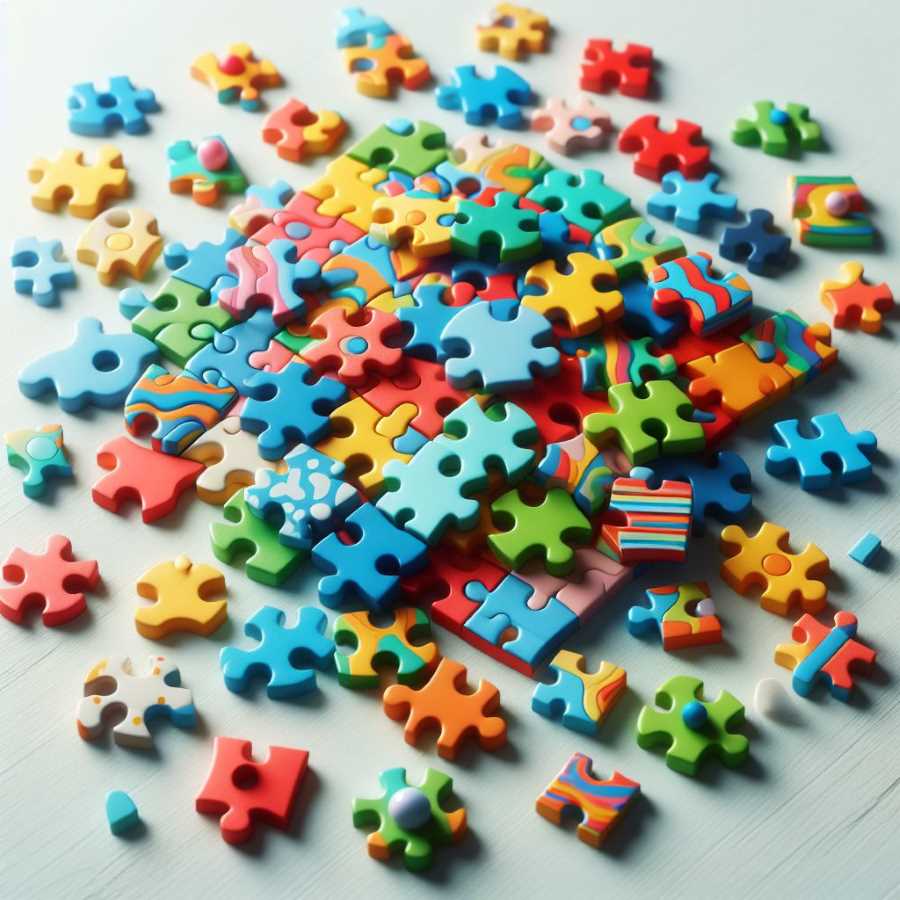What You Need to Know About Rare Diseases
Rare diseases are like your body's hidden oddities – often weird names, difficult to diagnose. They affect millions globally. Mexico is stepping up with awareness efforts, new diagnosis units, and a push for recognition. These diseases are serious, but awareness can change lives.

Think of your body as an intricate, always-running machine. Now picture a tiny, misspelled word in the instruction manual for that machine—that's sort of like a rare disease. They're a motley crew of illnesses with names that sound like sci-fi villains: glycogenosis, lamellar ichthyosis, spinocerebellar ataxia… yikes!
While some might ring a faint bell (like cystic fibrosis), the vast majority are shrouded in medical mystery. Yet, they affect millions of people globally – like tiny, hidden saboteurs messing with the inner workings of the human body.




